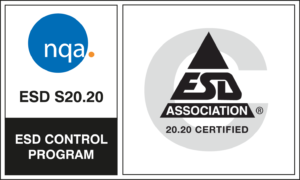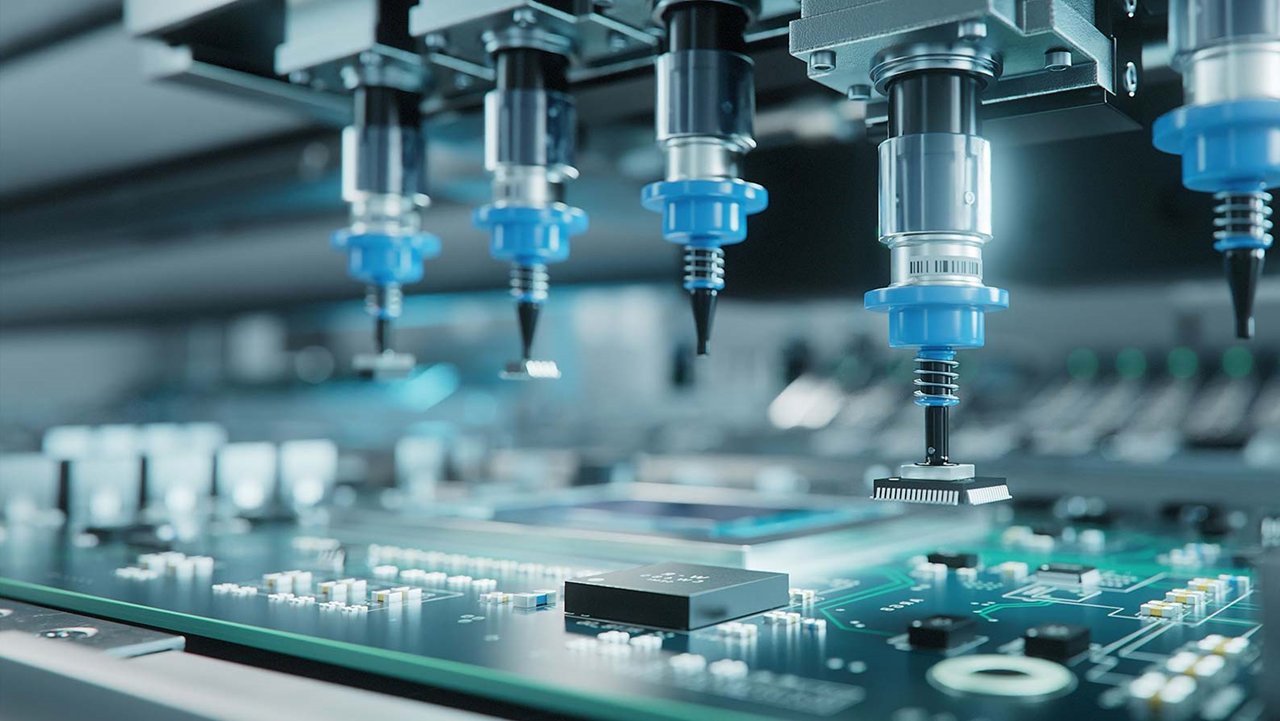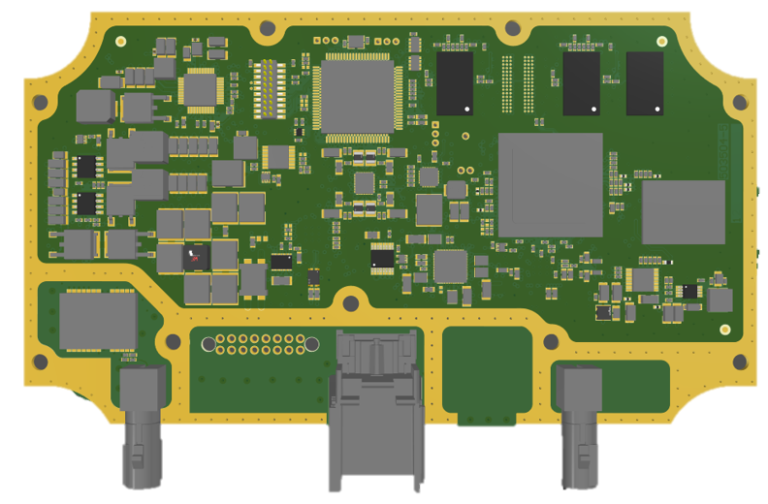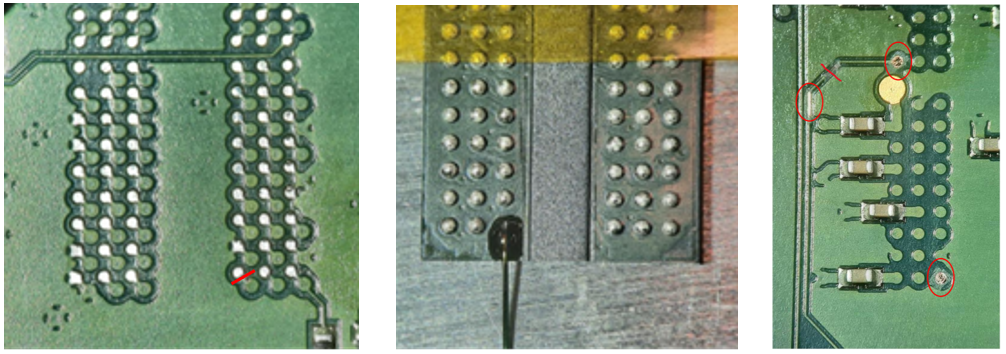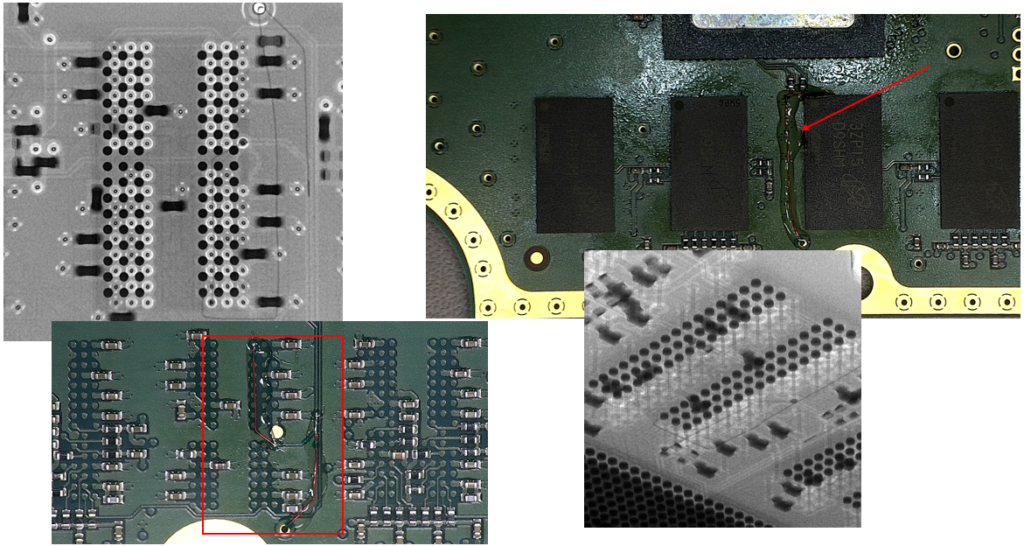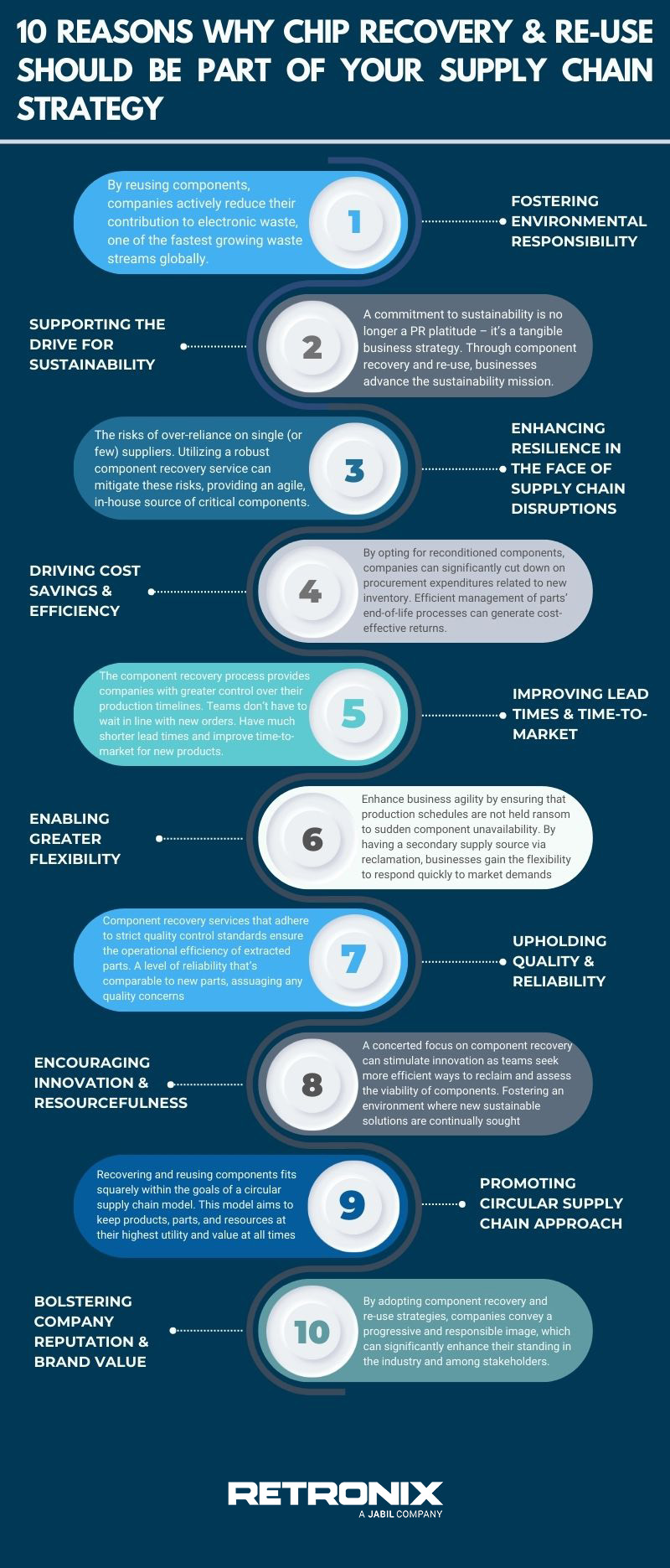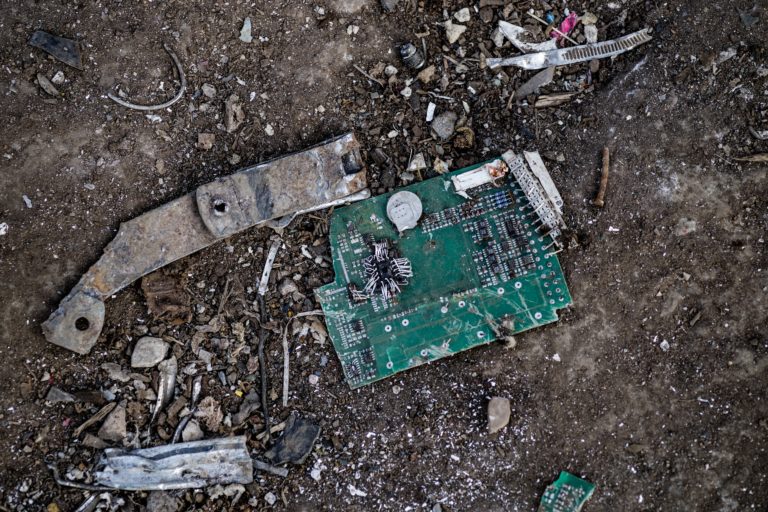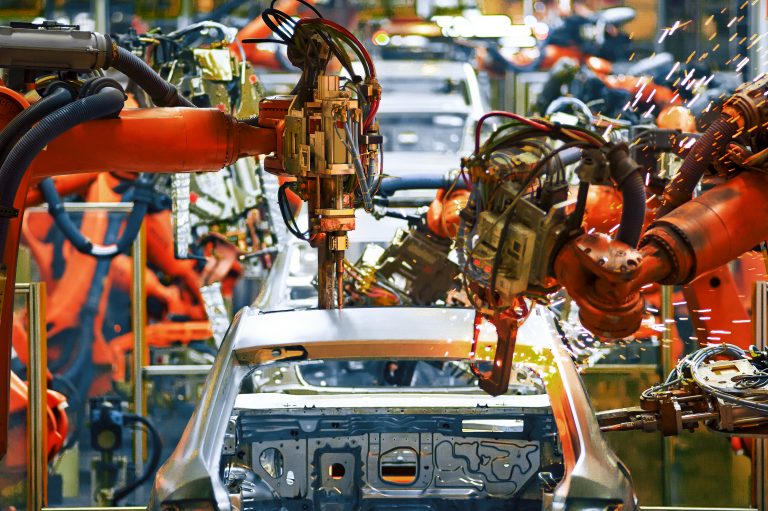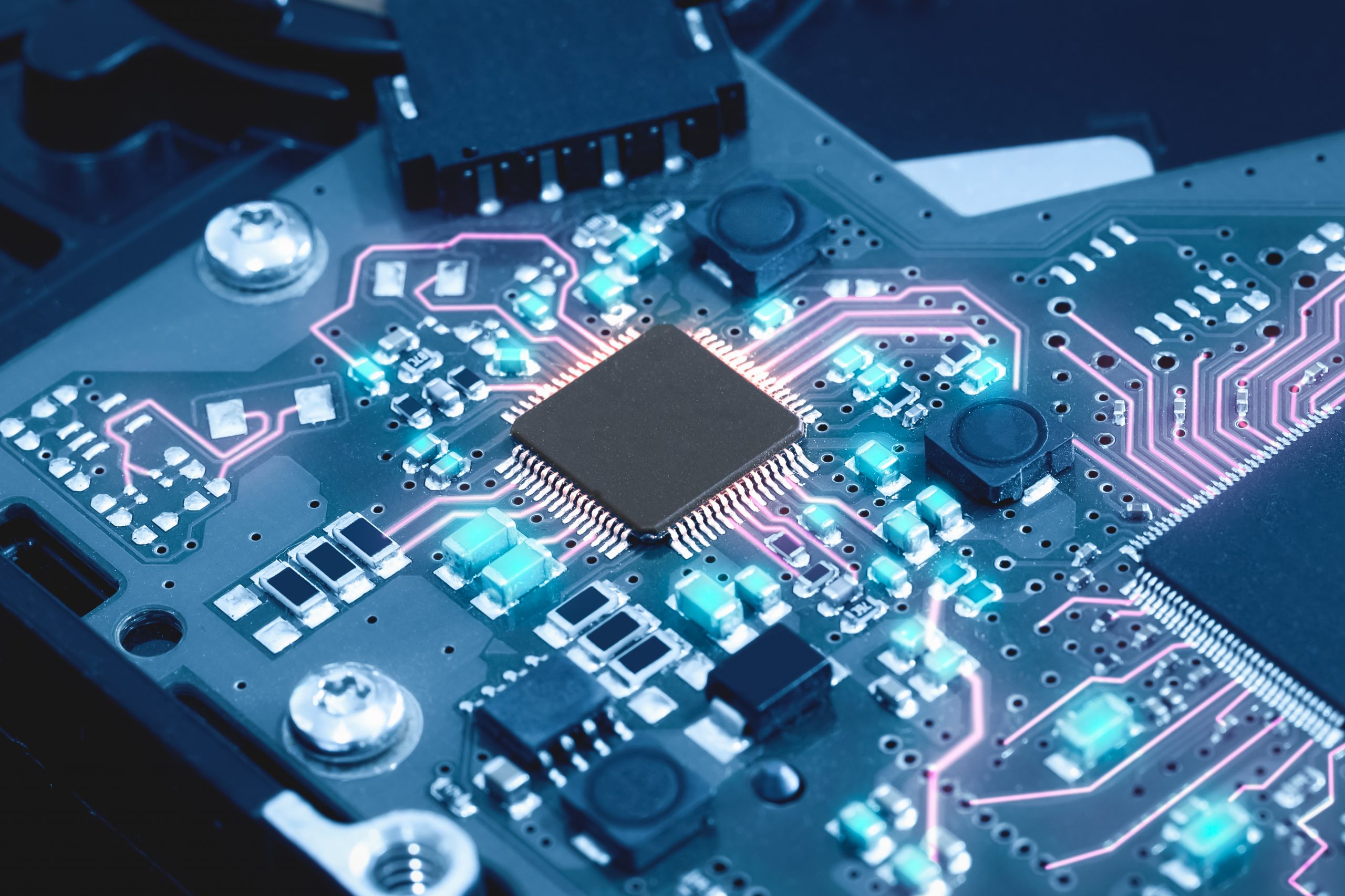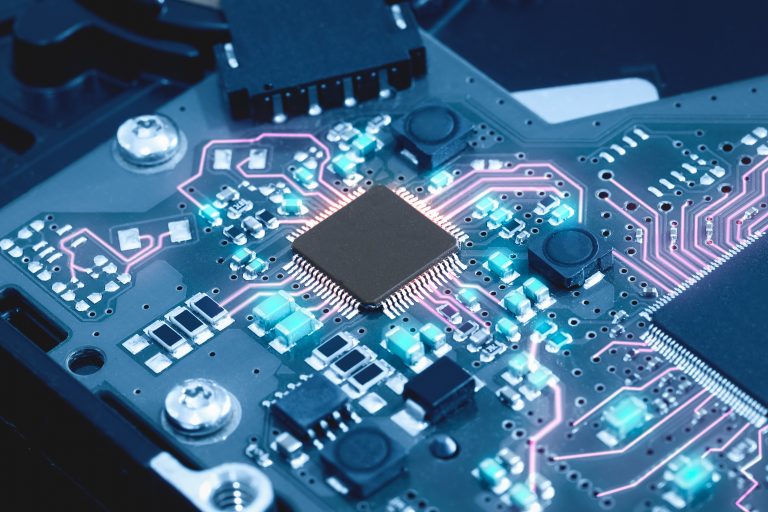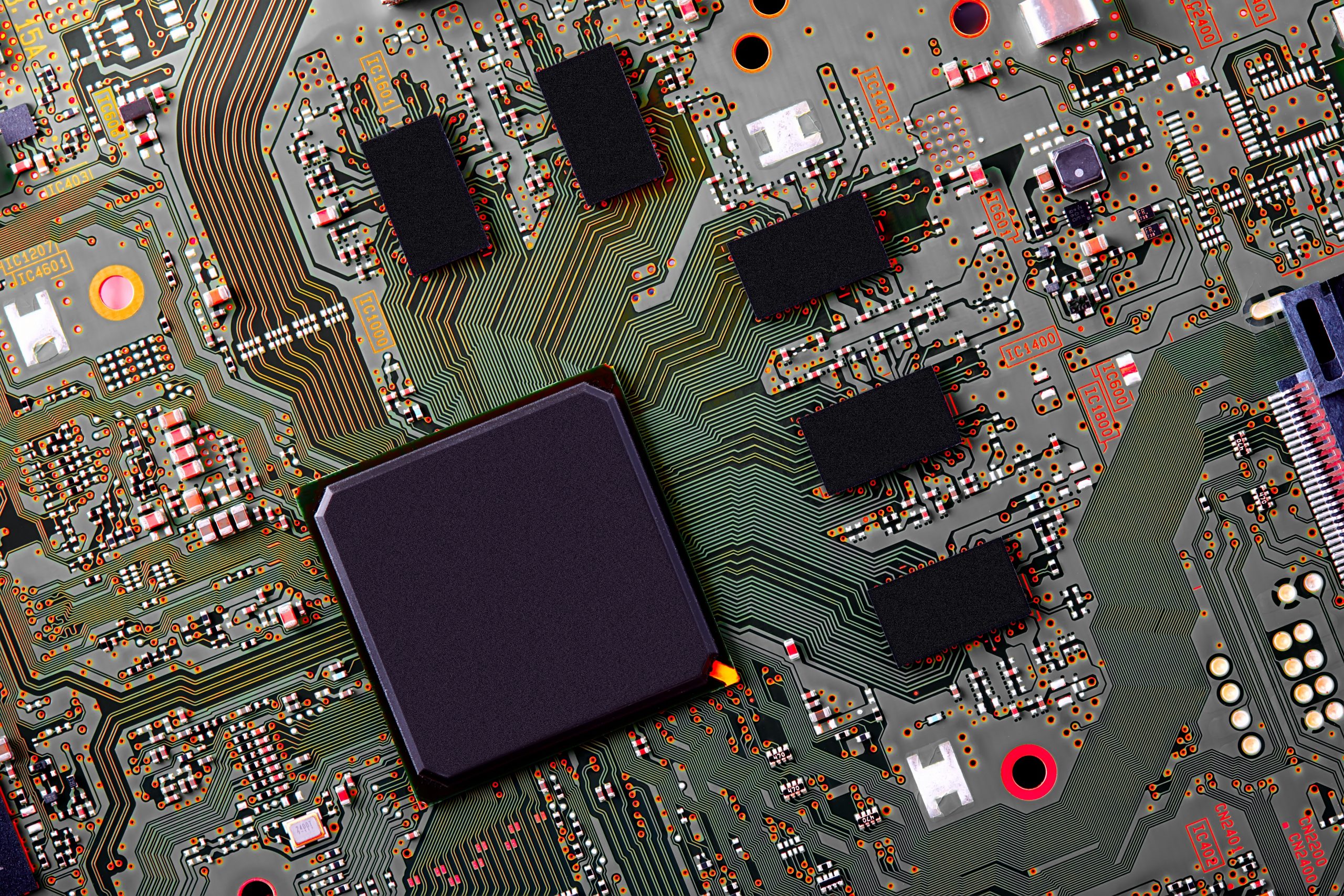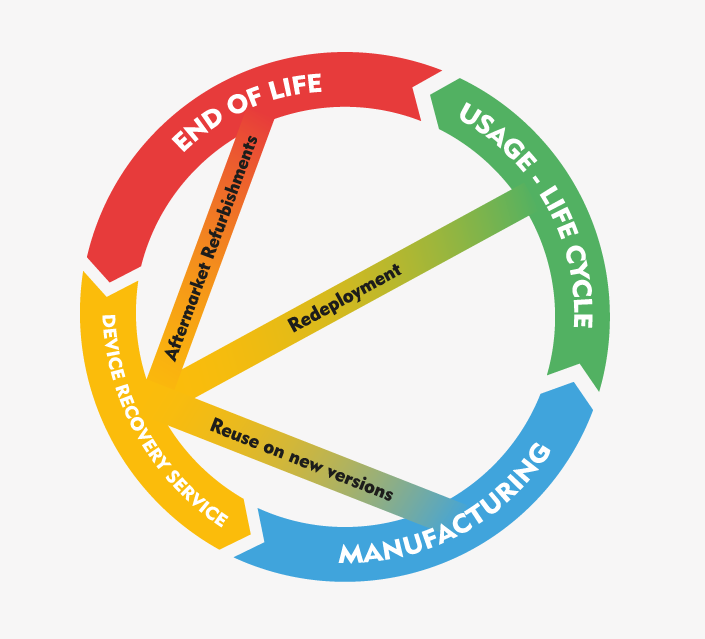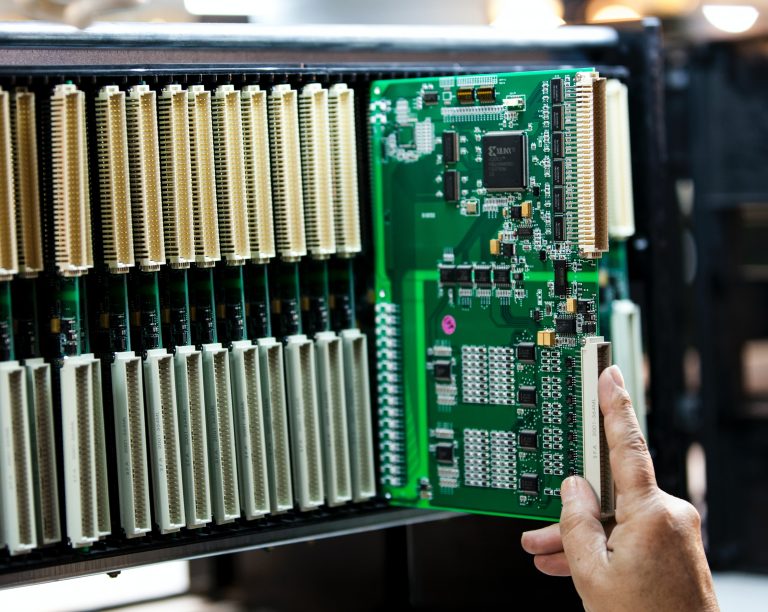Retronix Achieves ANSI/ESD S20.20-2021 Certification
November 12, 2024 – Retronix, a global leader in electronic component repair, rework, and test services, is proud to announce that it has been awarded the ANSI/ESD S20.20-2021 certification. This certification highlights Retronix’s commitment to excellence in safeguarding sensitive electronic components and systems from the damaging effects of electrostatic discharge.
Achieving this certification is a significant milestone for Retronix, marking its adherence to the international standards for controlling ESD in the workplace. The certification, governed by the ANSI/ESD Association, is recognized worldwide and demonstrates that Retronix has implemented and maintained an effective control program to prevent damage to electronic devices during handling, manufacturing, and rework processes.
What this means for Retronix and its customers
With this certification, Retronix not only reinforces its position as a trusted partner for high-tech industries but also ensures that its processes meet the stringent requirements necessary to protect sensitive components from the risk of electrostatic discharge. As electronics become increasingly miniaturized and complex, the need for rigorous ESD protection becomes critical in ensuring product quality and reliability.
The customers can be confident in knowing that the company follows best practices for controlling static electricity throughout its operations. This includes specialised equipment, procedures, and employee training aimed at mitigating ESD risks, ensuring that every product handled meets the highest quality standards.
Commitment to excellence
This certification is a testament to the hard work and dedication of our team, said Chris Gear, Operations Director at Retronix. “Our customers can be assured that we are fully committed to maintaining the highest levels of quality and ESD control. As we continue to grow and innovate, we will keep striving to meet and exceed industry standards in every aspect of our work.”
ANSI/ESD S20.20-2021 certification is part of Retronix’s ongoing commitment to delivering quality-driven solutions for the electronics industry. The company remains focused on adopting the latest technologies, methods, and standards to provide unparalleled service to its clients across various sectors, including aerospace, automotive, defence, telecommunications, and medical devices.
With decades of experience, Retronix serves some of the world’s most prominent technology companies, offering solutions that extend the life cycle of electronic components and systems while adhering to the highest quality and environmental standards.
Download or view the certificate here


